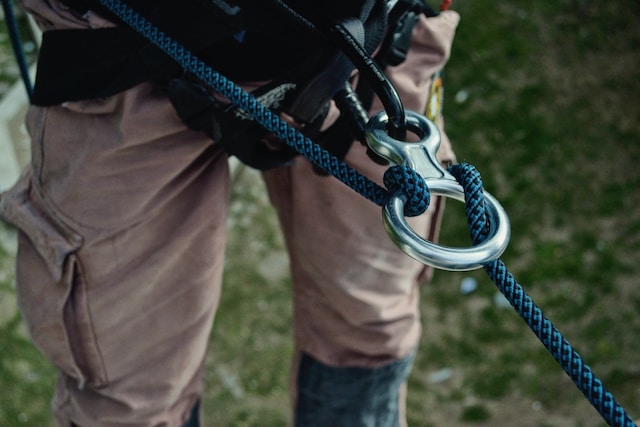
If you're new to the construction industry or curious about the different types of harnesses on the market, then you've come to the right place. Today we're going to look at the 3 main types of harnesses so you can get a better idea of the harnesses we offer. Once you know what different harness types are used for, you'll be able to select the one that's most appropriate for you.
More...
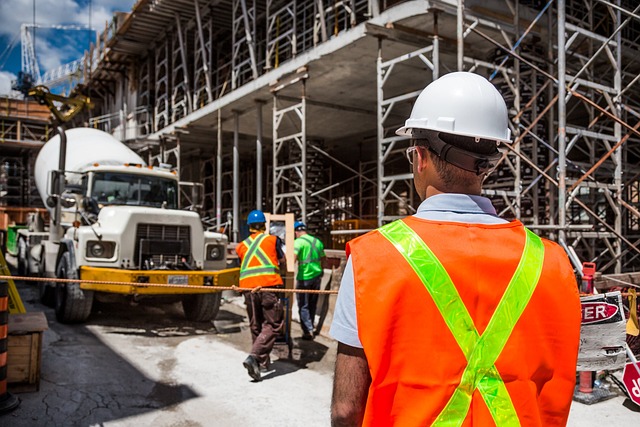
Scaffolding safety is incredibly important. We've used our safety harness expertise to put together some scaffolding safety tips. You'll need more than a scaffolding harness to keep you safe if you are working at height. Pay attention — these safety tips might keep you safe the next time you're on site.
More...
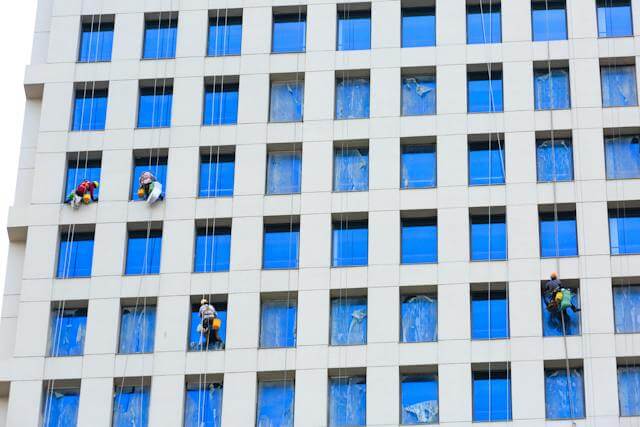
There are a lot of risks of working at height you need to consider, like the dangers of dropping tools or falling. Working at height is precarious, and if you need to take equipment or materials up with you, then you need to work out how you can do so safely.
We always recommend that you conduct a thorough risk assessment before you do any work at height. This risk assessment will allow you to identify the risks of working at height and put the correct safety equipment and precautions in place to minimise the risk of an accident or injury.
To learn some of the most common risks of working at height, read our guide below.
More...
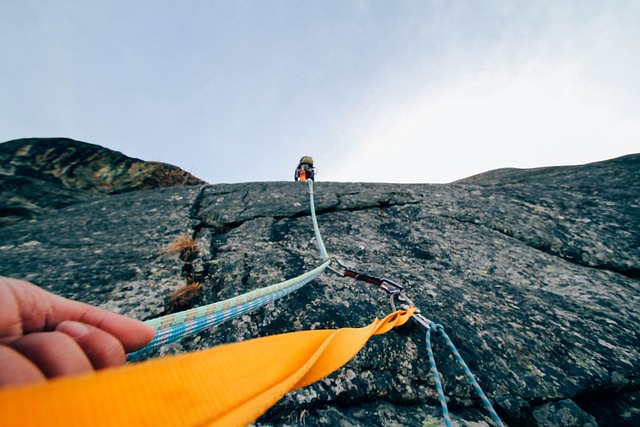
Whether you're taking up climbing for the first time, or you're already a seasoned climber who's looking to learn more about fall theory, this handy guide will answer the following questions:
- What is fall factor?
- Why is fall factor important?
- How do you calculate fall factor?
More...
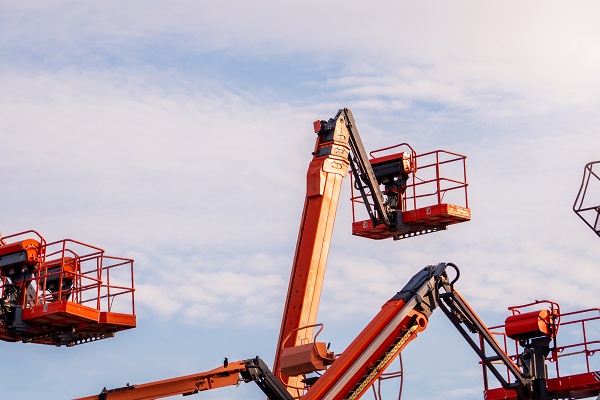
MEWP is an acronym for mobile elevated work platform. By definition, a MEWP is a platform designed to lift workers or equipment, often used in situations where work at height is required. In the construction industry, MEWPs are used to access hard-to-reach places such as telegraph poles and scaffolding.
There's a diverse range of mobile elevated work platforms on the market, but almost all of them will require you to wear some kind of height safety equipment, such as a safety harness. In this article, we're going to take a closer look at some of the most common MEWPs in the business before we delve into the types of safety equipment you should be using when you're working with a MEWP.
More...

